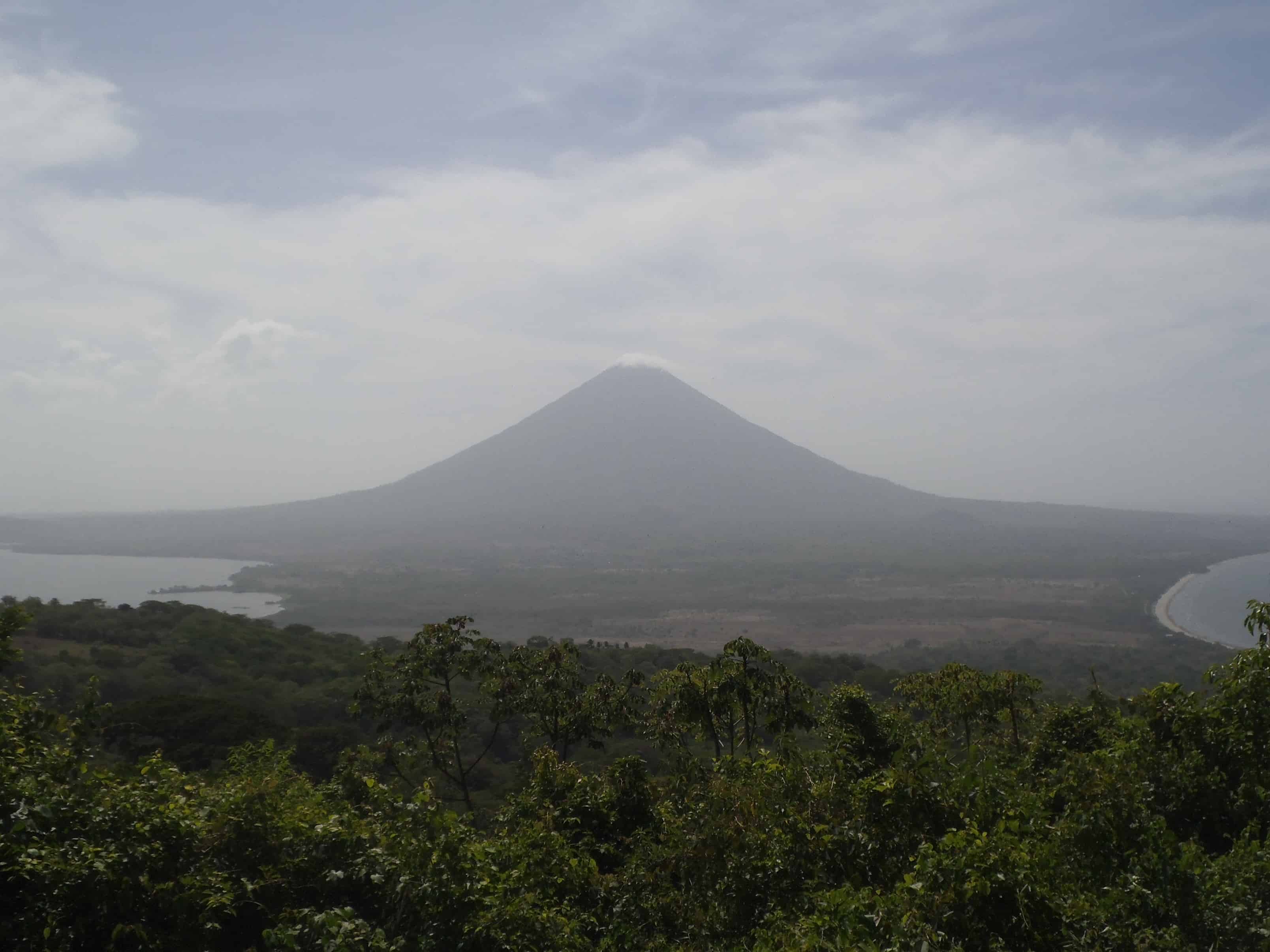OMETEPE, Nicaragua – In a poor, rural community, locals are taking advantage of everything to build a bilingual school in one of the most remote regions of Nicaragua.
Local resident Álvaro Molina manages a hotel at the end of a dirt road on the island of Ometepe. The barbell-shaped island is formed from two volcanoes that rise above the lake. A converted school bus runs a figure-eight route along the island’s main road. The bus starts in the port city of Moyogalpa, which connects Ometepe by ferry to the rest of Nicaragua. It then passes through the paved streets of its largest town, Altagracia before giving way to a dirt road that ends at Molina’s hometown – Mérida.
“Like a lot of the country, we know that if we abandon the kids, there will not be opportunities,” Molina said in a phone interview.
Molina said he started the school, next to his hotel, Hacienda Mérida, three years ago, to provide English lessons to kindergartners. Molina was inspired by the increasing trickle of tourists who have come and transformed the economy on the island.
“Education is a project for a long-term solution,” Molina said. “Eighteen to 20 year olds, if they have English, they can work in tourist sales, in the market, they can speak on the telephone, they can travel to other regions of the country, they can work with the visitors. There is much more opportunity.”
The school has since expanded to include first-graders, but still only has room for about 15 students at a time, according to Molina. The school is free for students. It relies on volunteer teachers and help from the students in its own construction. Inspired by something he witnessed during a visit to a Costa Rican conservation area years ago, Molina said the school makes students fill plastic bottles with trash found around the island. Thousands of these stuffed bottles then become bricks for the school’s walls as it continues to expand.
The island of Ometepe is listed under the regional name of Altagracia by the Nicaraguan government, and is one of the poorest regions in one of the poorest countries in the Americas. According to the most recent census (2005), educational attainment was very low in Altagracia. Only 22.6 percent of its residents achieved a high-school education or better, compared to the national average of 35.9 percent. Basic infrastructure is a challenge on the island as well, with only 66.4 percent of houses with electricity and 36 percent with indoor plumbing.
“It’s vital,” Molina said. “Students can go to a free school in a rural zone.”






